Description
Featuring brass hilt comprising down-turned shell guard depicting a hound chasing a stag in relief, reverse quillon with engraved scroll quillon, knuckle bow with central design, and pommel cap with button; one-piece stag horn grip. Single-edged 21” (53.3 cm) unfullered blade, the last 6” double-edged; with gold-filled engraving in the upper third on both sides depicting a Pandur warrior with decorative banner above, reading “VIVAT PANDUR”. Original brown leather scabbard with brass throat and chape. Very good condition; the brass with pleasing patina; blade showing repeated sharpening, some edge nicks, and light pitting. Overall length 26 1/4” (66.7 cm), not including scabbard.
In 1741, Franz Baron von der Trenck raised a corps of Pandurs in Slavonia for service in the War of Austrian Succession (1740-48). These irregular troops had no uniforms, but dressed in Ottoman style. The unit was largely composed of volunteers from the Kingdom of Slavonia and Slavonian Military Frontier. The Pandurs took part in the War of the Austrian Succession, including the First and Second Silesian War. They contributed to the capture or destruction of Zobten am Berge, Strehlen, Klaus Castle, Linz, Deggendorf, Diessenstein Castle, Cham, Cossel Fortress, and Munich. The Pandurs earned a reputation for being brave and audacious, as well as feared and ruthless soldiers, looting and pillaging, but also characterized by disobedience, breaches of military discipline and stubbornness.

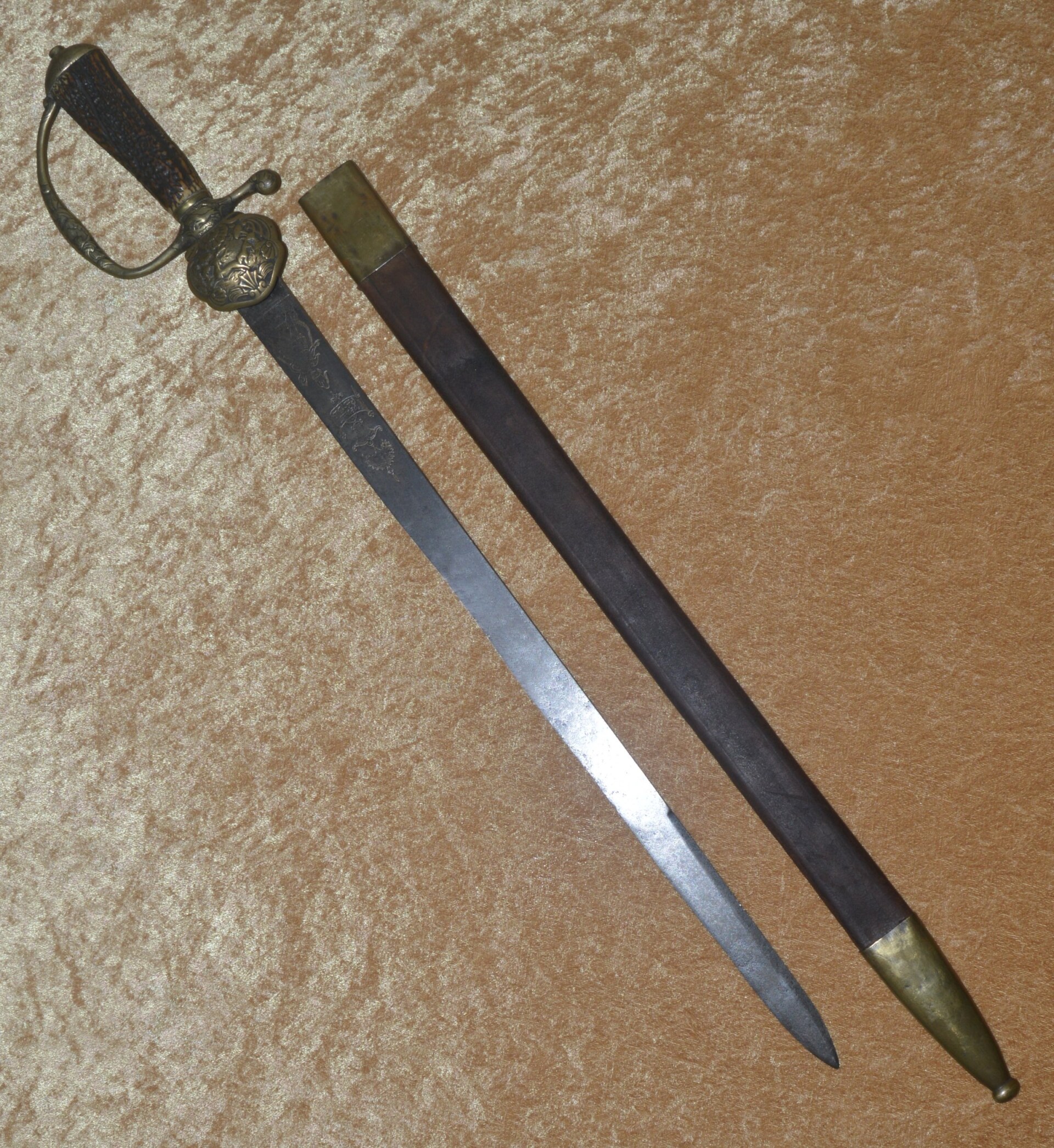
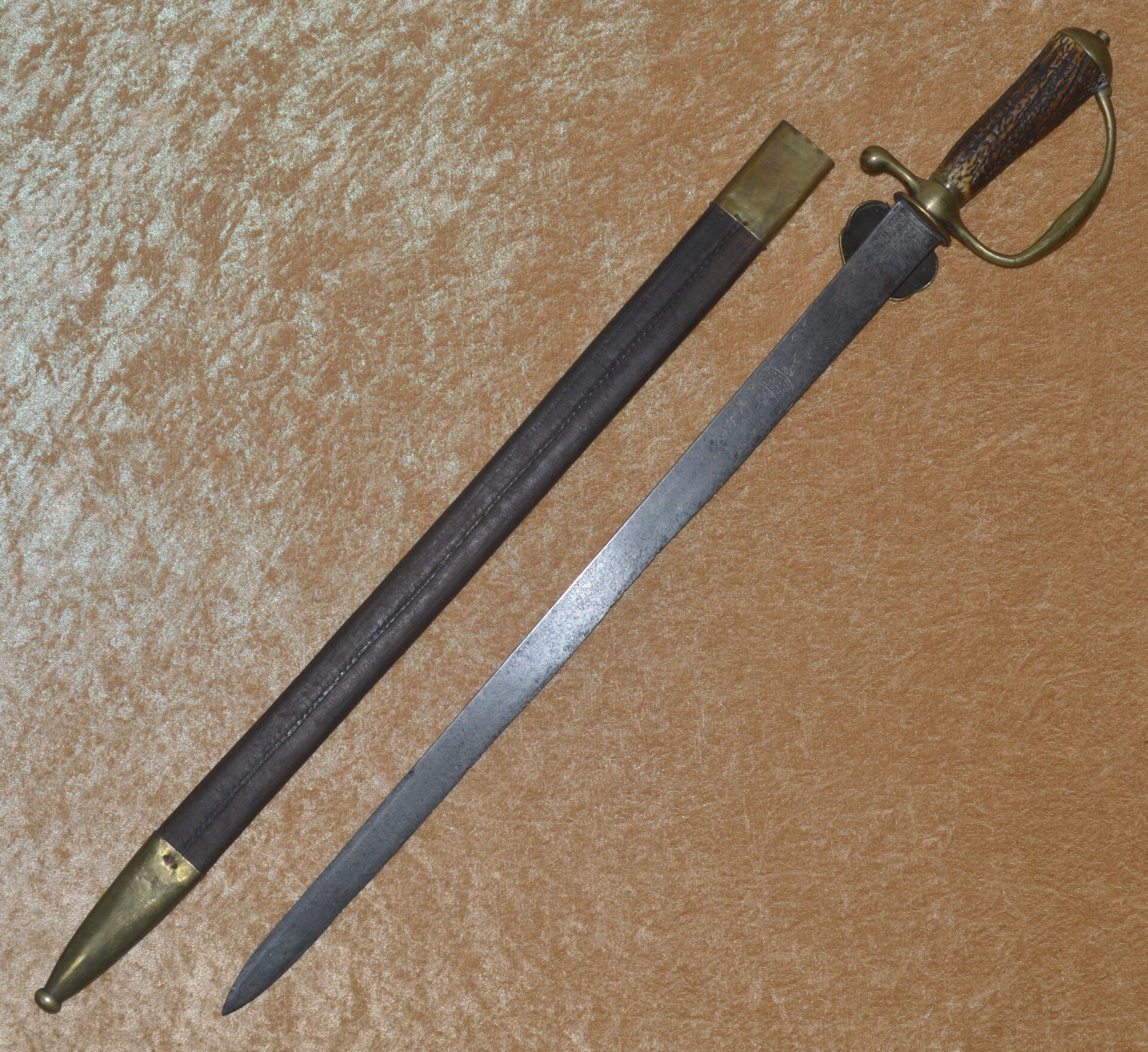
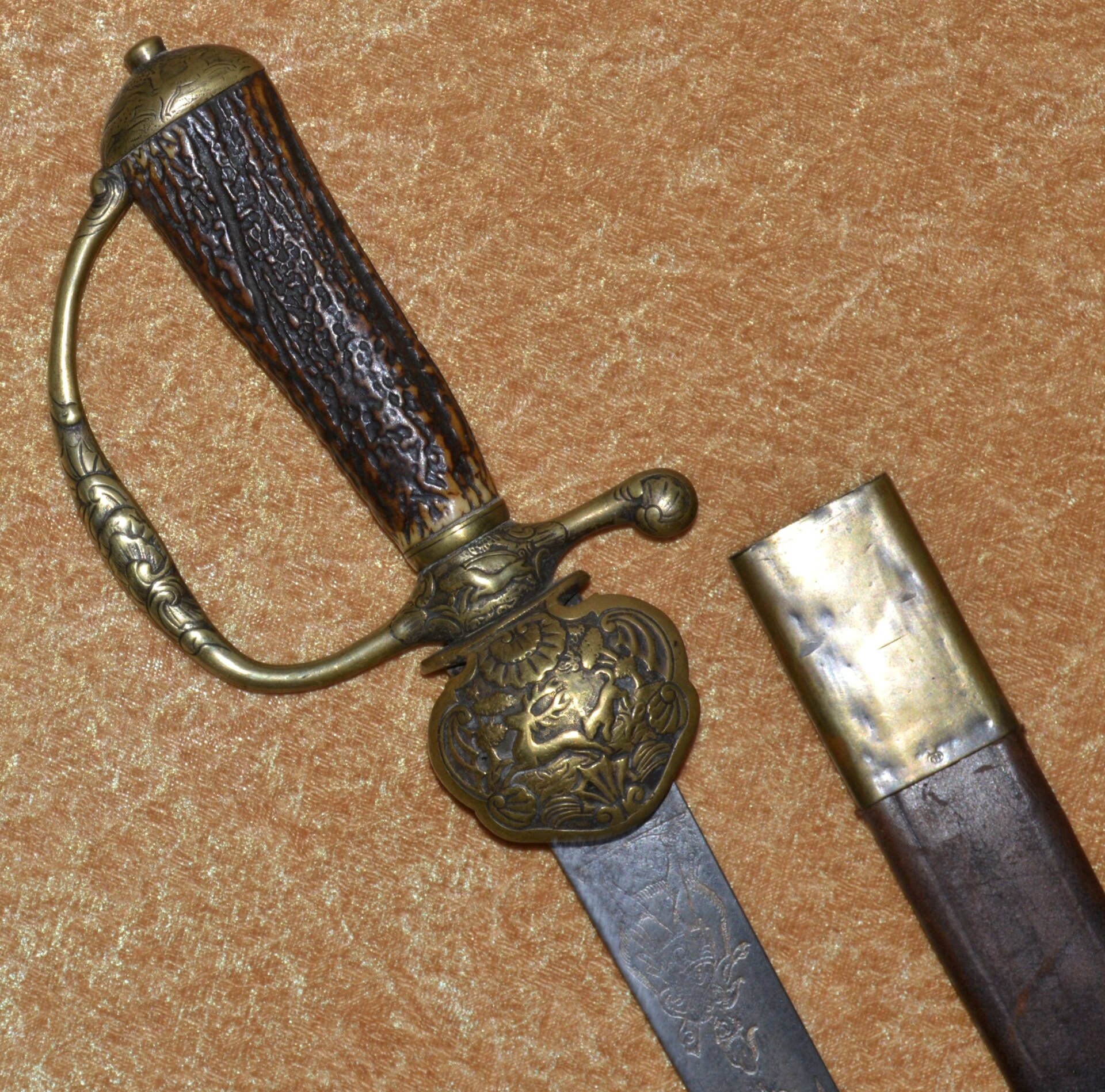
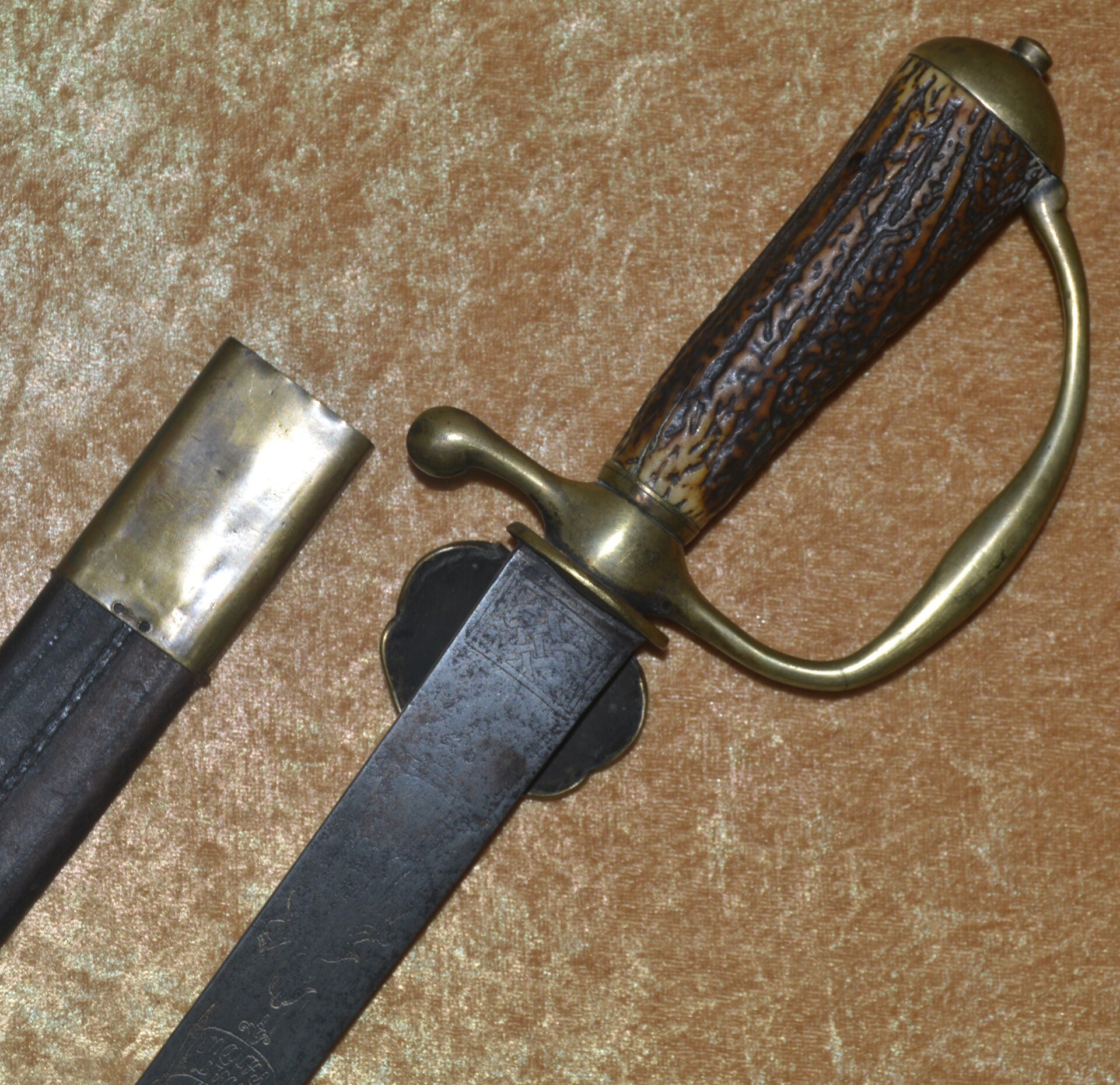
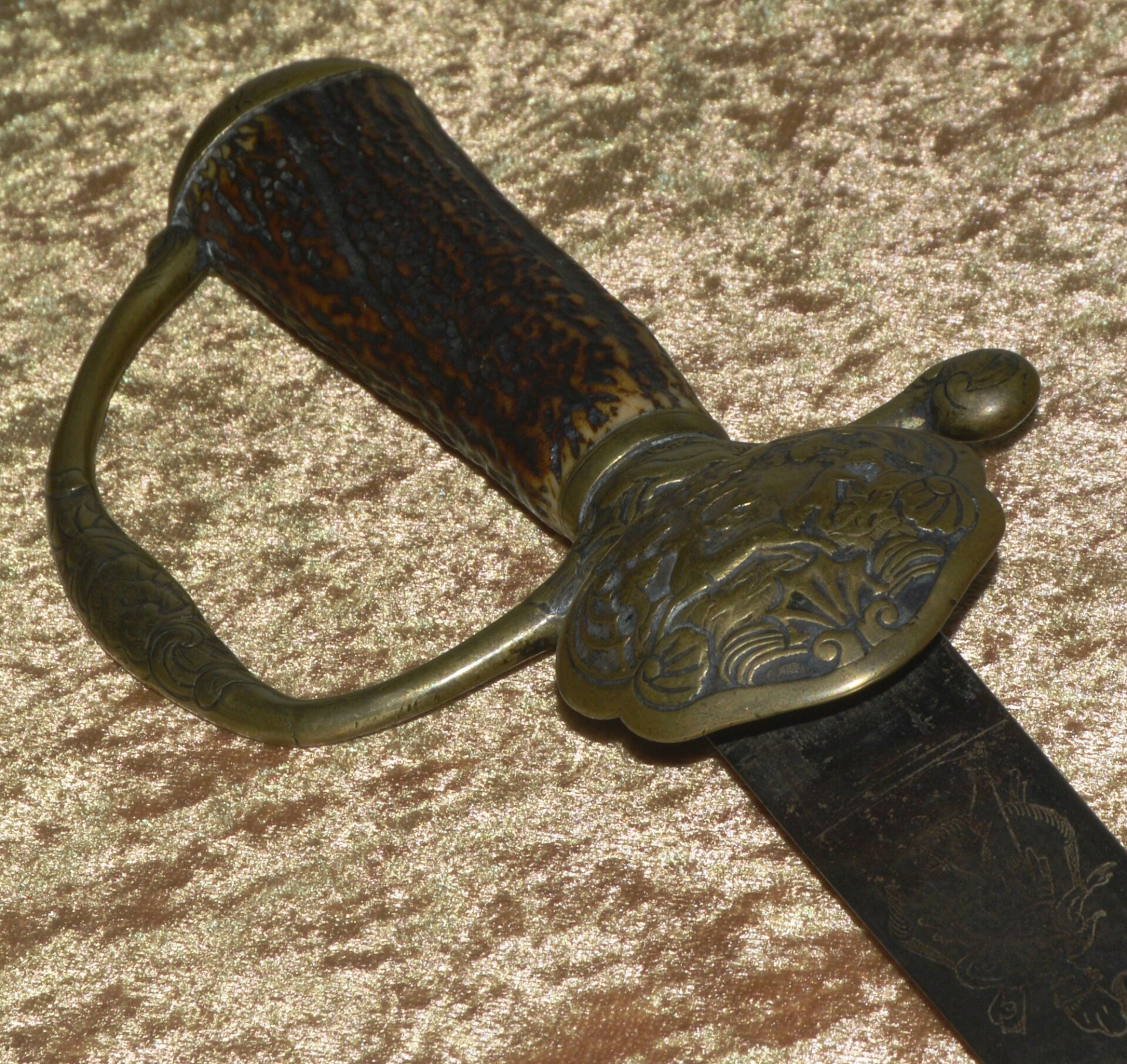
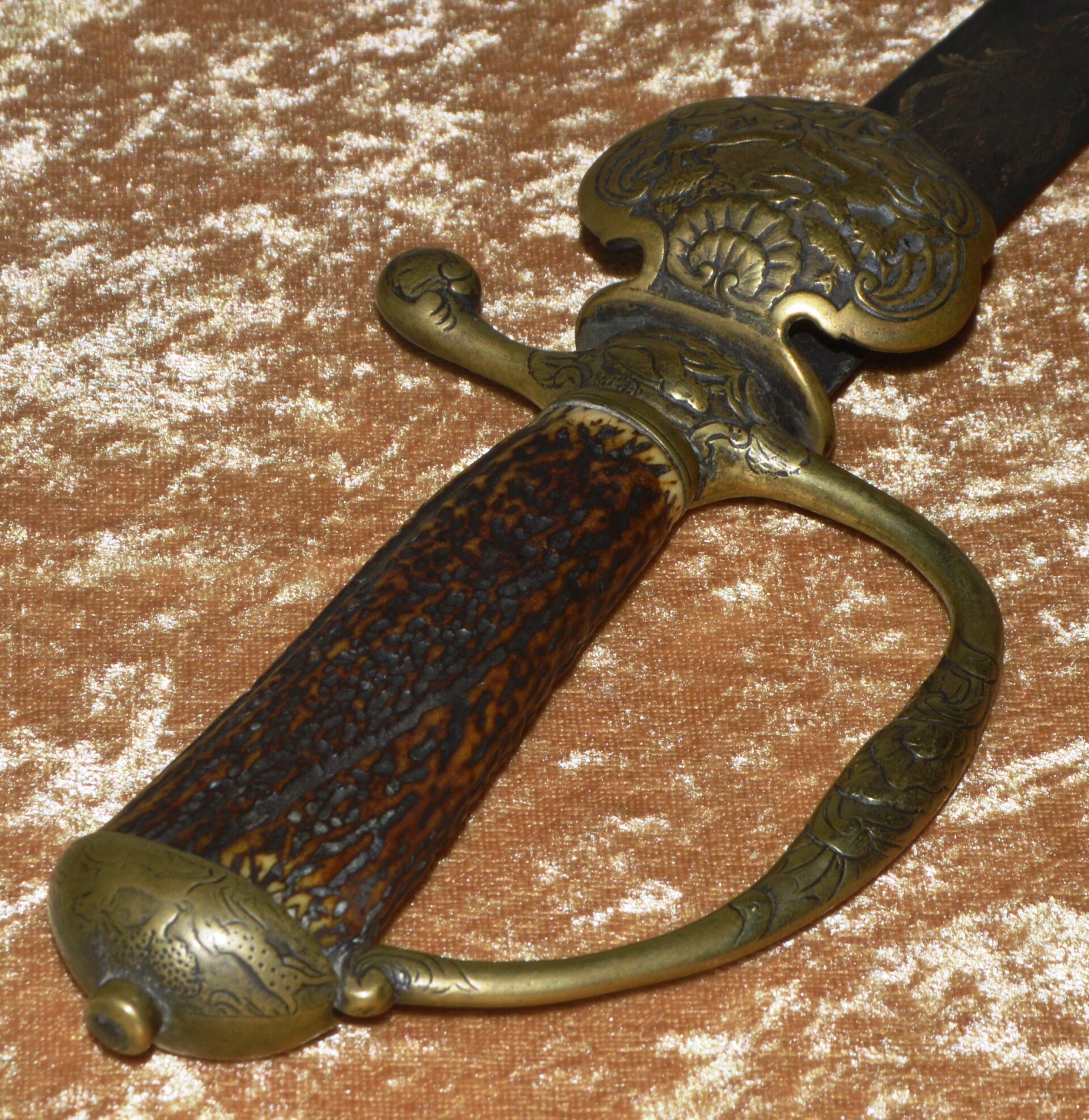
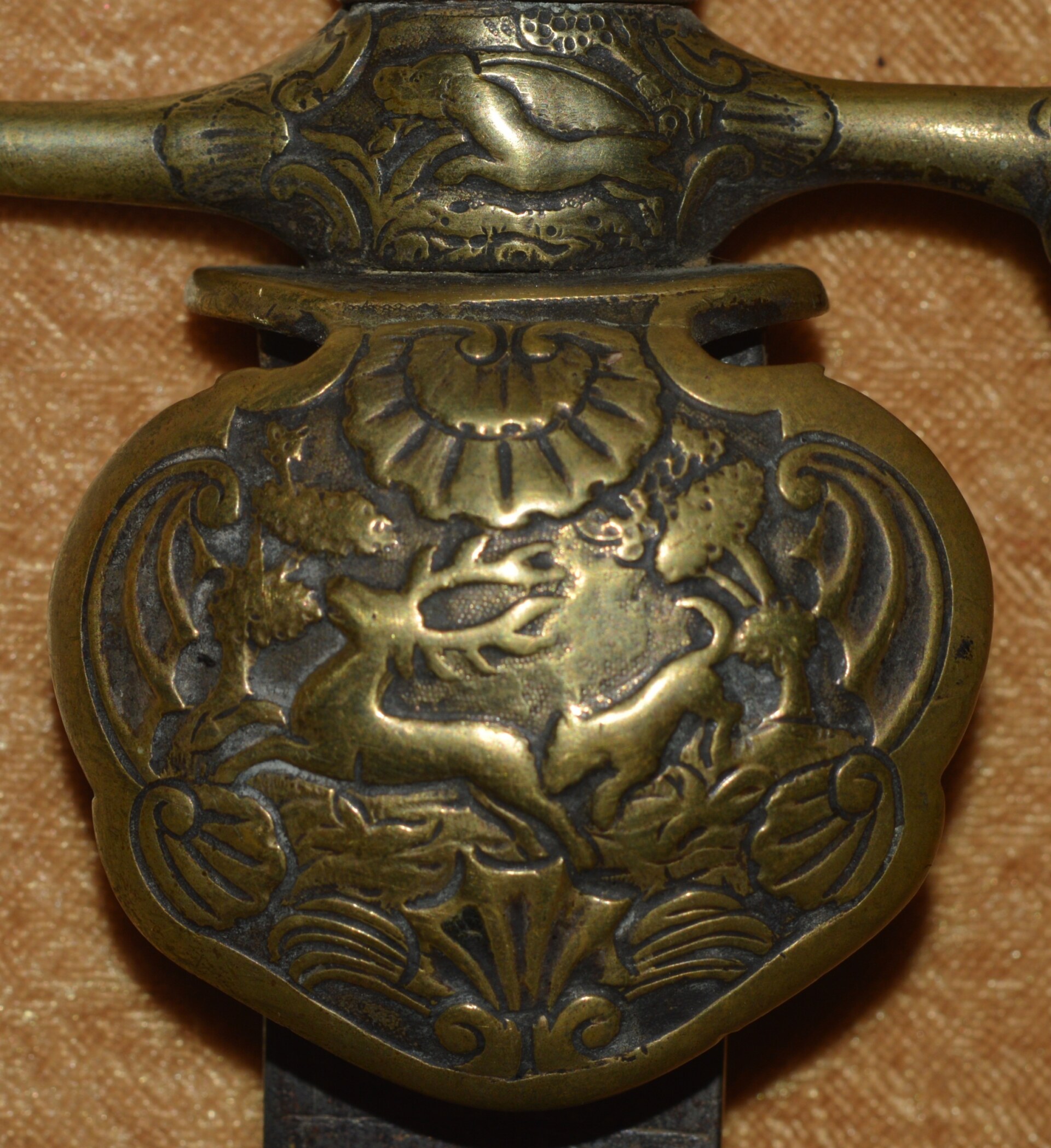
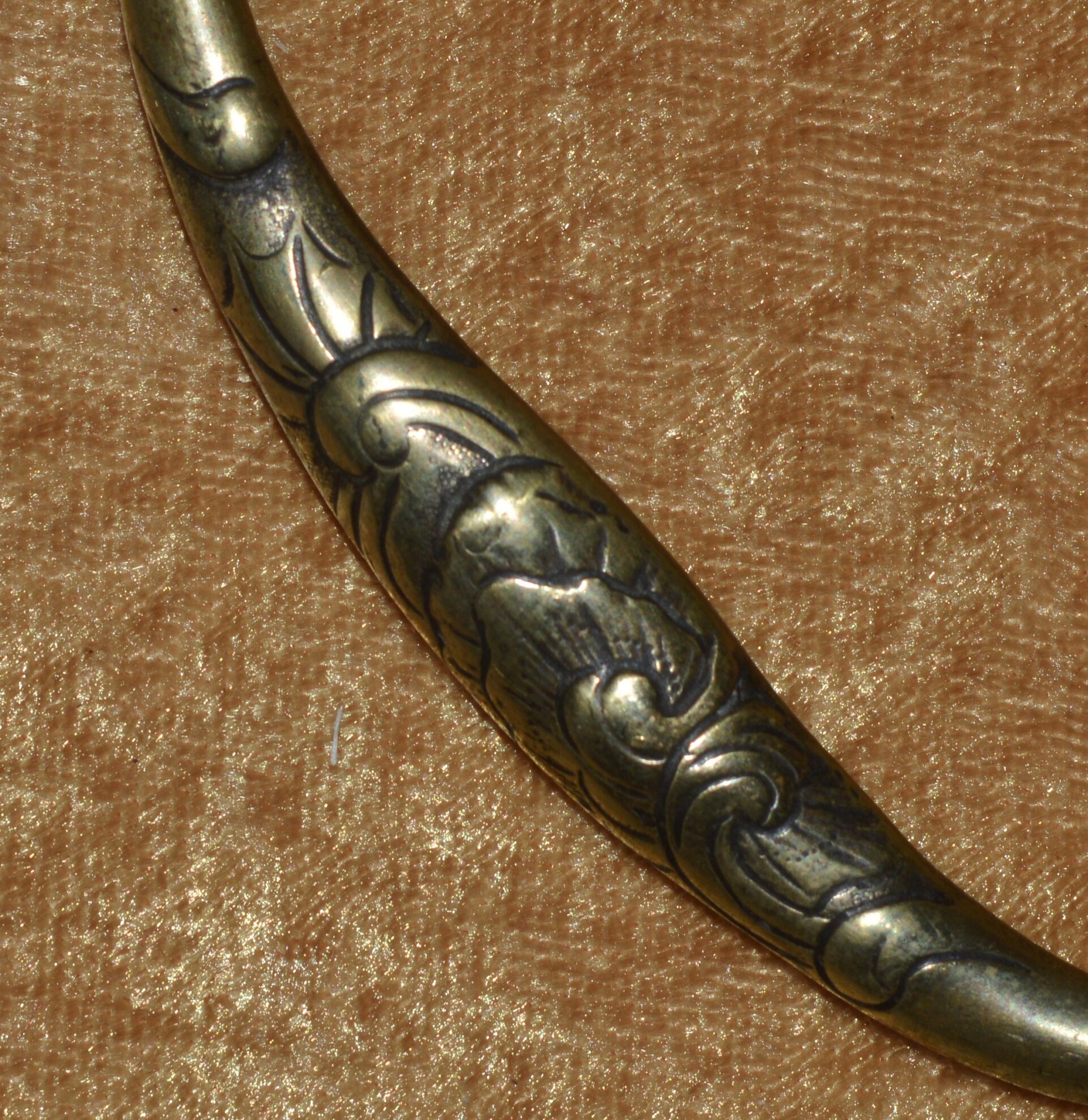

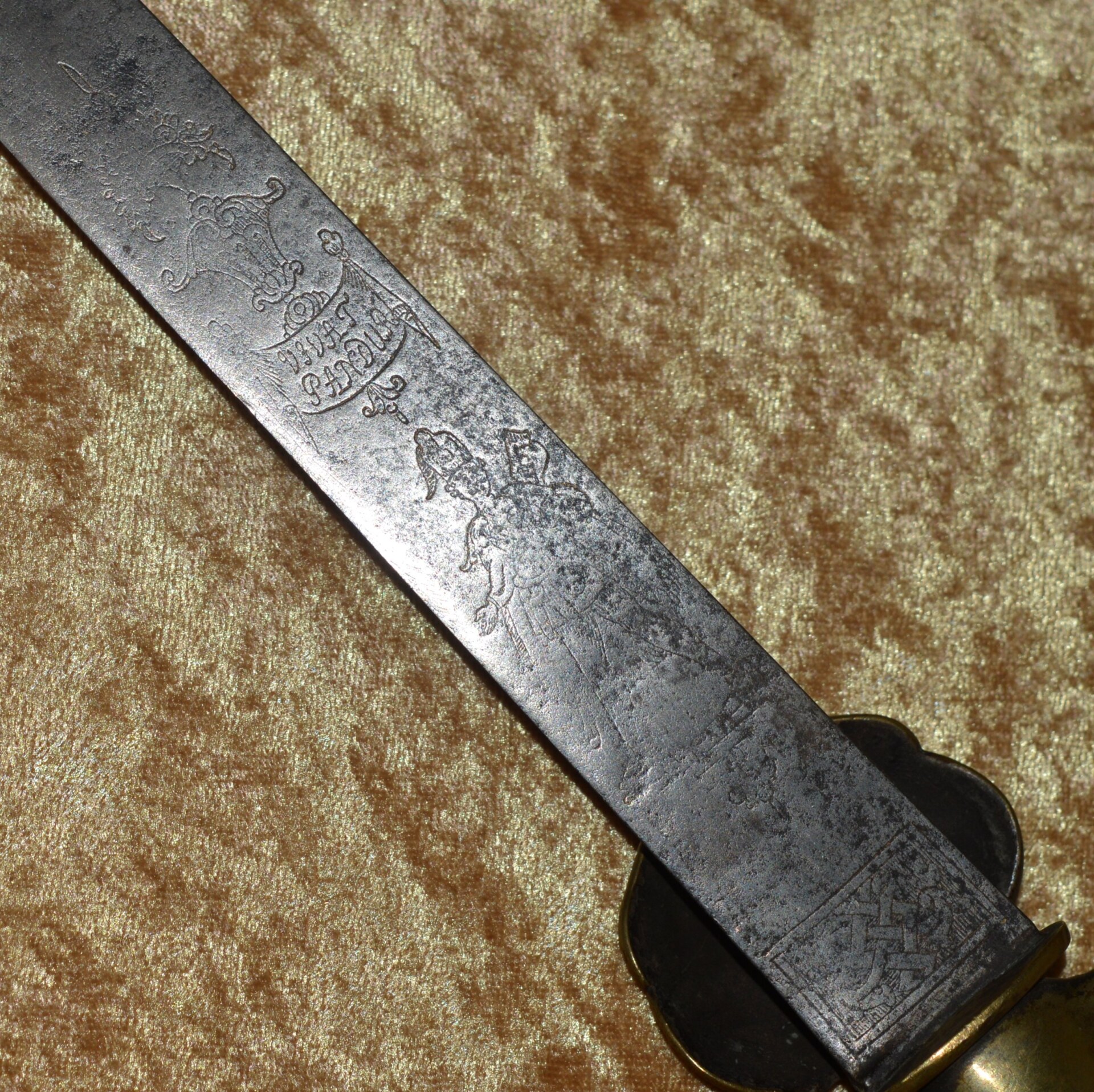
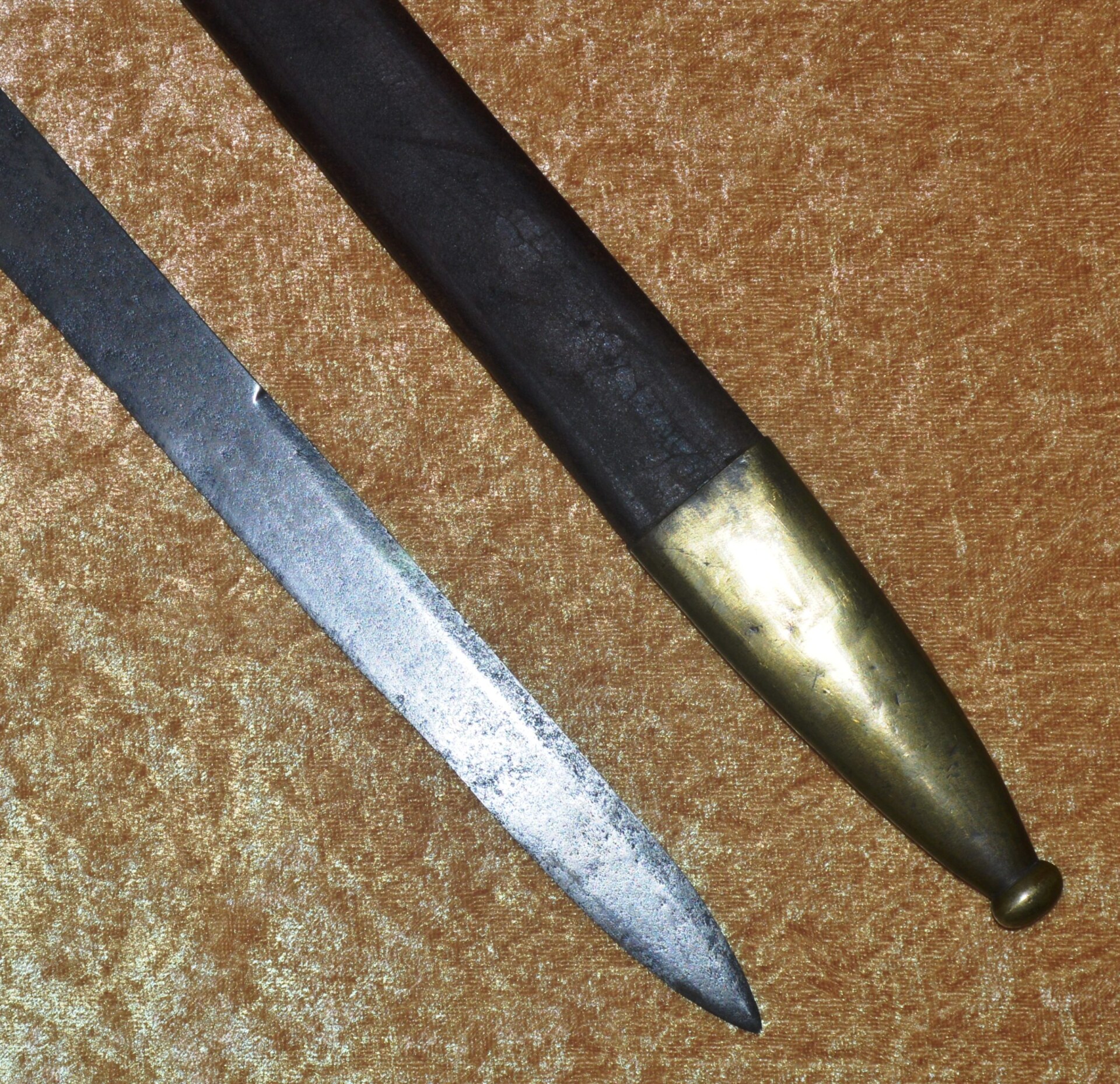
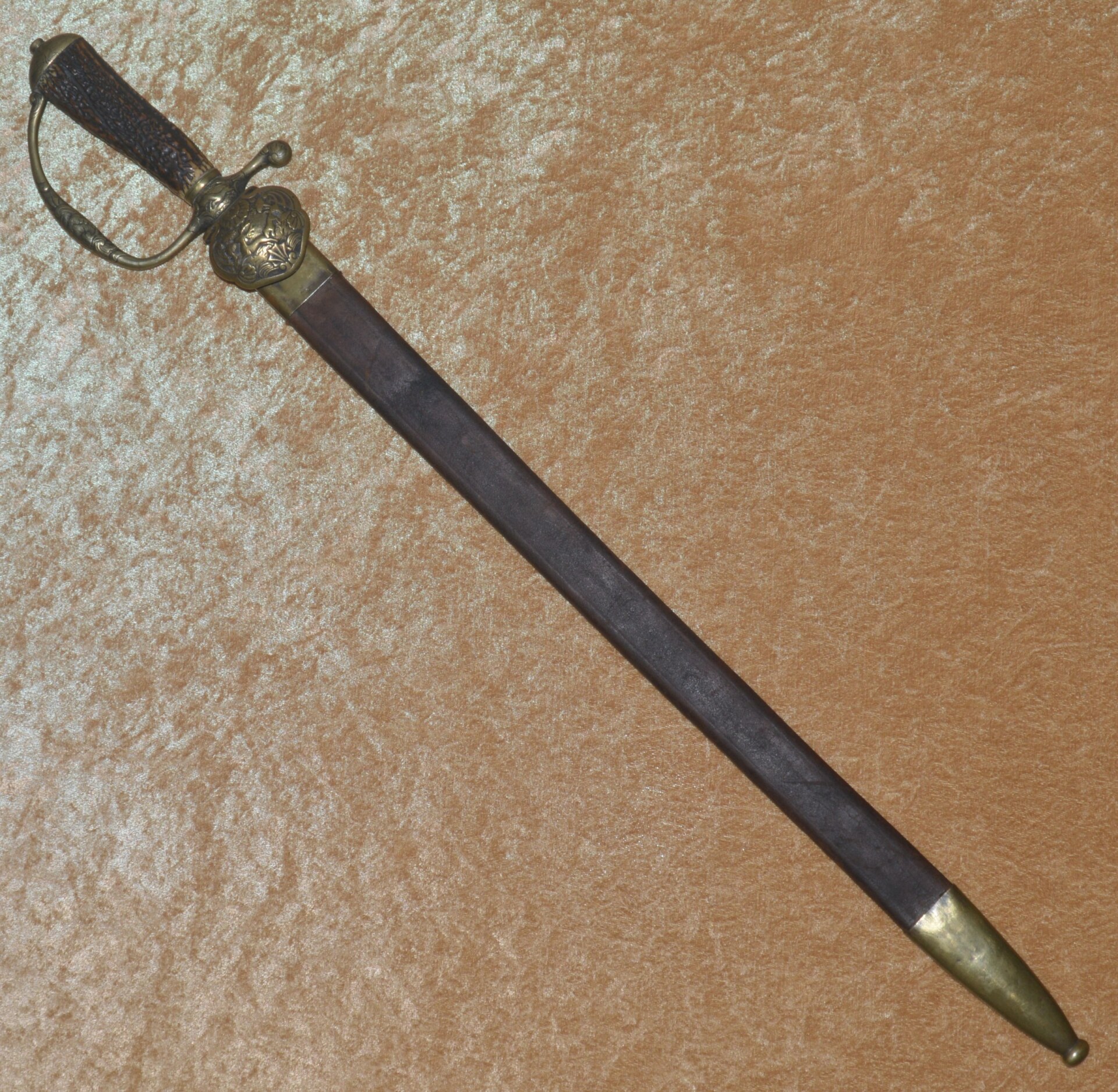
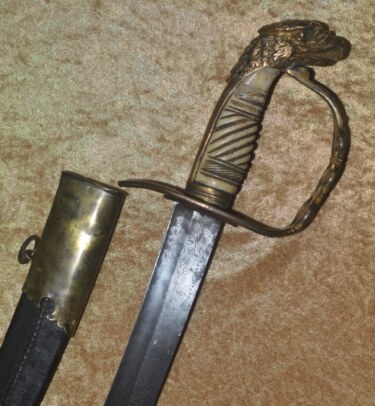 US Eagle Head Artillery Officer’s Sword, ca. 1810
US Eagle Head Artillery Officer’s Sword, ca. 1810 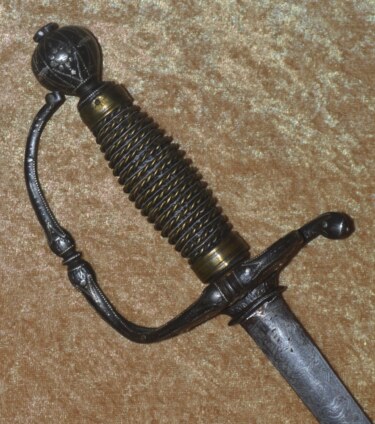 Silver Inlaid Transitional Rapier/Smallsword, ca. 1700
Silver Inlaid Transitional Rapier/Smallsword, ca. 1700 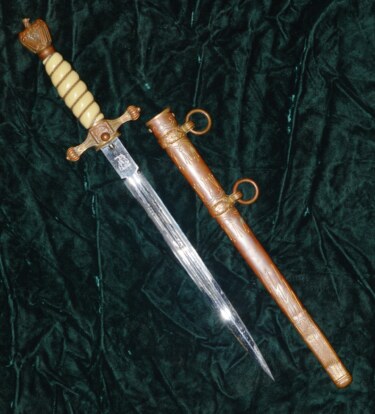 Nazi Kriegsmarine Dagger of U-Boat Commander Hans-Joachim Schwarz
Nazi Kriegsmarine Dagger of U-Boat Commander Hans-Joachim Schwarz 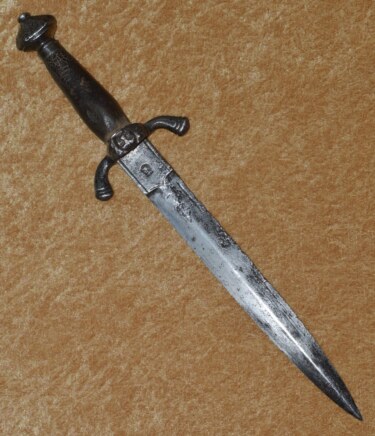 Left Hand Dagger, Late 16th C, Probably German
Left Hand Dagger, Late 16th C, Probably German